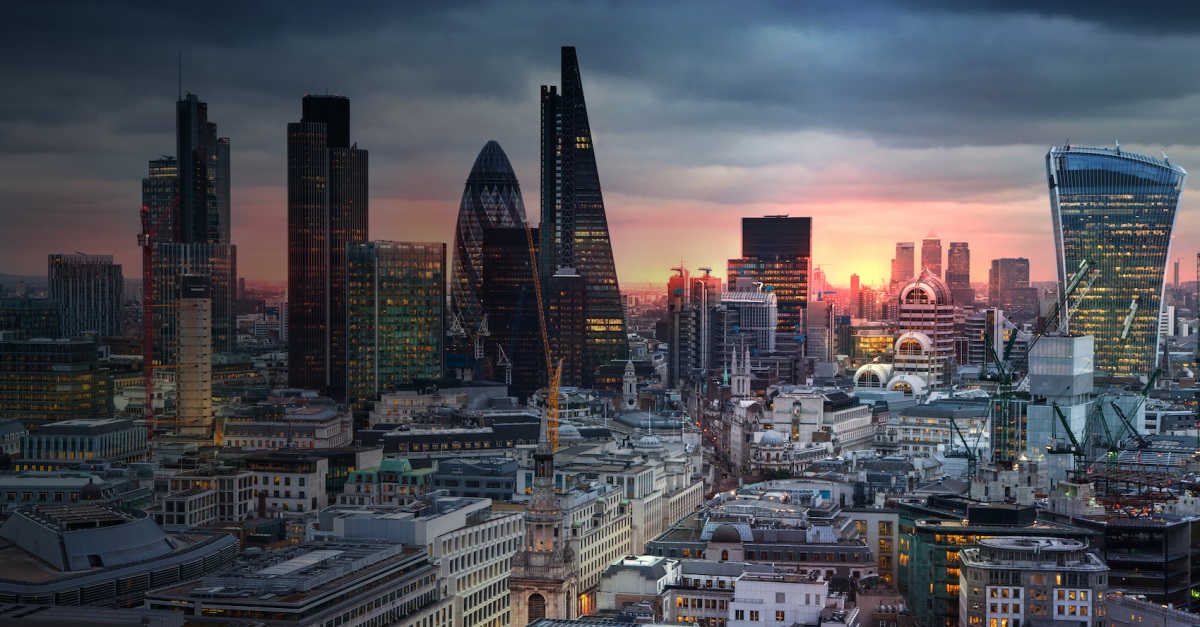Can the construction sector meet the 2030 challenge?
In 2015, the UK as part of the United Nations, formally adopted the 2030 Agenda for Sustainable Development.
Two of the seventeen Sustainable Development Goals have a direct impact on the Building Services Industry. We, as a country, have committed to “build resilient infrastructure, promote inclusive and sustainable industrialisation and foster innovation” and to “make cities and human settlements inclusive, safe, resilient and sustainable” by 2030.
Is that really possible given that the built environment is said to account for:
- Around 45% of all UK carbon emissions, 27% from domestic buildings and 18% from the industrial, commercial and public sectors
- An astounding 32% of landfill waste comes from the construction and demolition of buildings and 13% of products delivered to construction sites is sent to landfill without ever being used
- An estimated 72% of all domestic emissions are from heating and cooling systems and the provision of hot water
The biggest challenge many of us face is the initial cost. We all know that leading edge sustainable solutions tend to be more expensive than legacy options but is that really a good enough argument not to use them? For example, LED lighting uses less energy than traditional solutions and can have 10x the lifespan? The whole life cost does make economic sense and the same can be said for sustainable heating and cooling systems. This is likely to improve further as more organisations embrace these options which will inevitably lead to price drops.
At GDM we believe that the construction and building services industries have a leading role to play in changing hearts and minds and showing that sustainable solutions can be affordable. We specialise in solutions that can make the 2030 aspiration an achievable goal.
For example, we will use our in-house energy modelling tools to calculate the heat loss from a building and accurately assess the heating and cooling requirements for the specific environment. We employ the same attention to detail when designing lighting, to ensure the most efficient LED technology is used to improve a building’s EPC (Energy Performance Certificate) rating. Our proposed solutions are bespoke to the environment and minimise energy wastage. Our leading knowledge of the technology available, backed up by a strong economic case, makes our solutions sustainable and affordable.
Image credit: Christopher Horwood
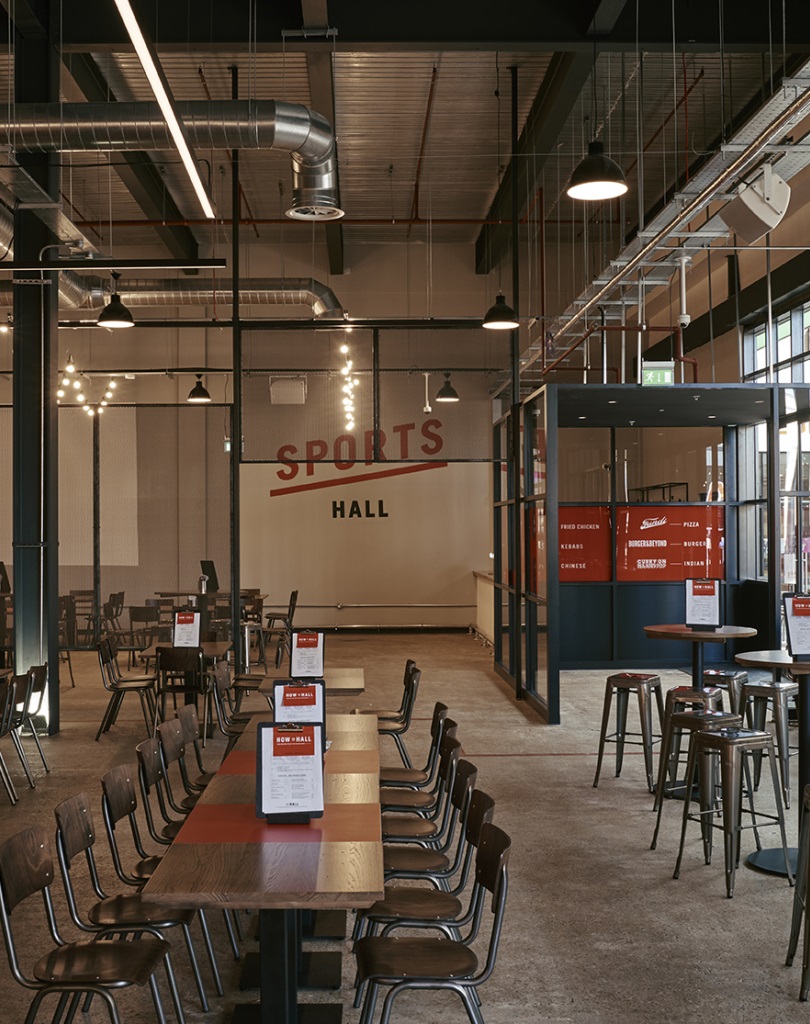
Latest News
We Are Hiring

GDM Group announce merger with Concourse FM

GDM appointed for Clearstream Operations Prague

GDM launch their monthly MEP Services forum

Merry Christmas From GDM

COP26 – Construction: The Built Environment
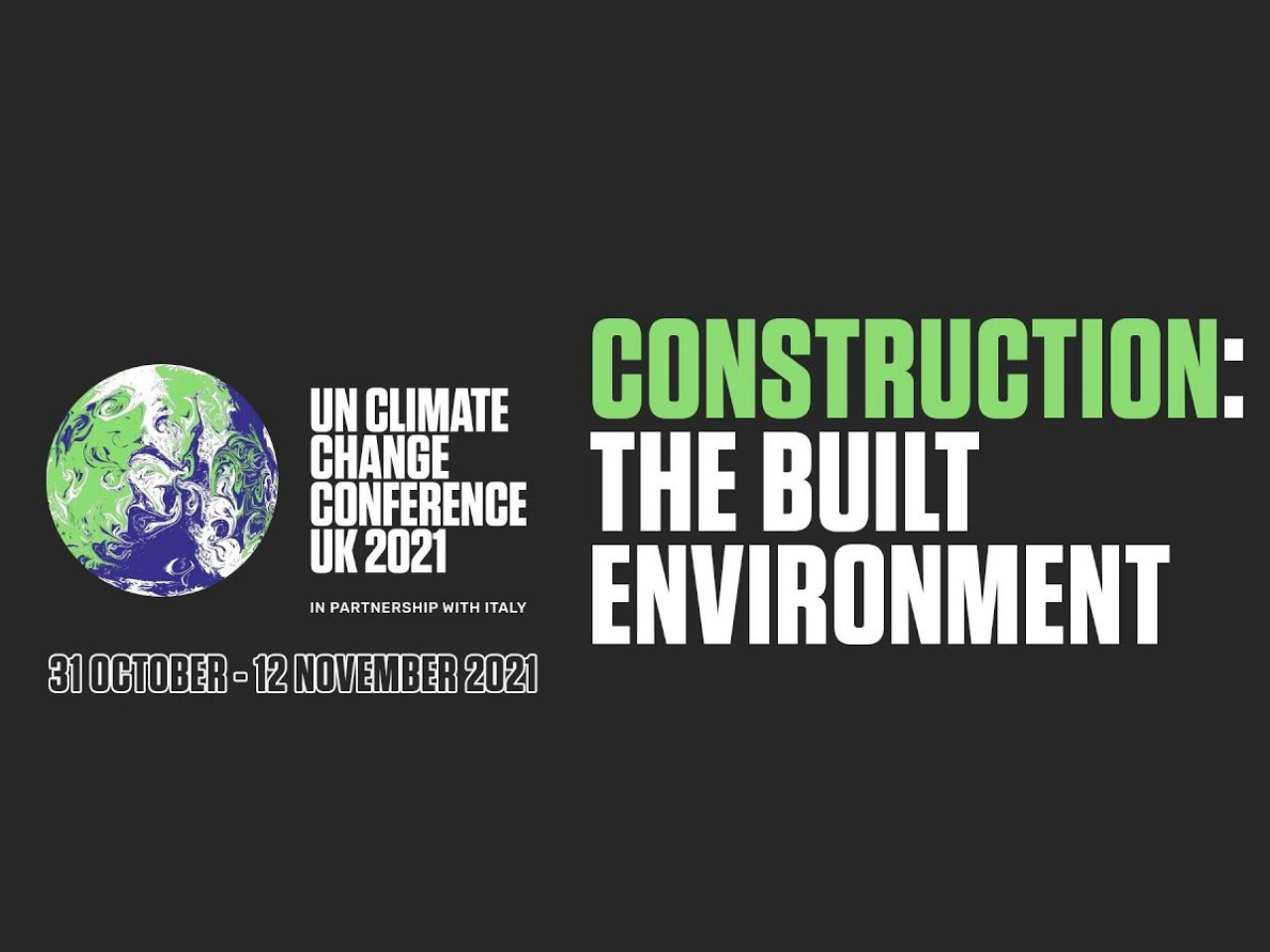
Copa Del Collins – Winners

77 Coleman Street – Project of the Year

Concourse FM – Workplace Solutions

Promotions
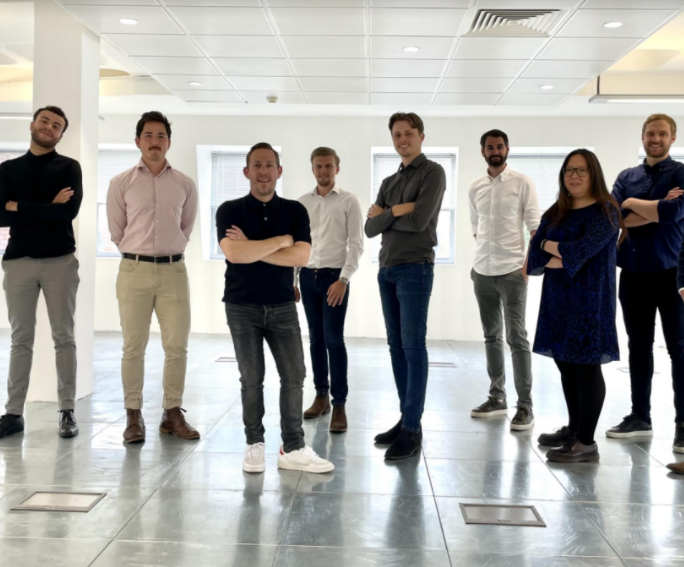
Office Mascot

The GDM Group – MBO Statement
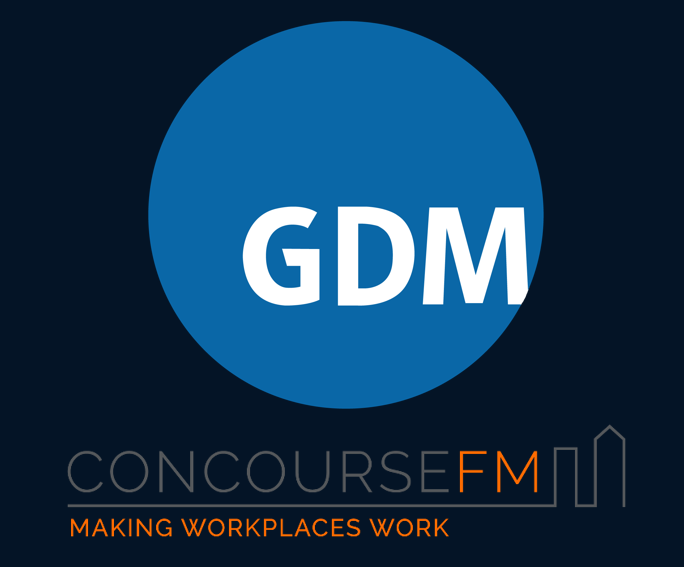
The GDM Group – Management Team

GDM to attend BCO Copenhagen 2019

GDM shortlisted for BCO Award_

GDM welcomes new Associate Director_

£20m AMSPROP office project completed
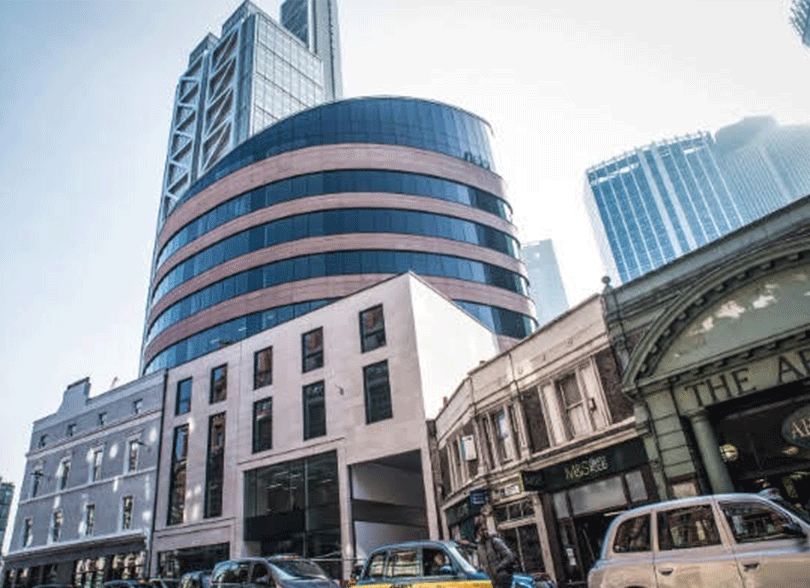
Shine Night Walk for Cancer Research UK

Craig Scott’s 450km Charity Cycle Challenge

The Loom wins RIBA Award
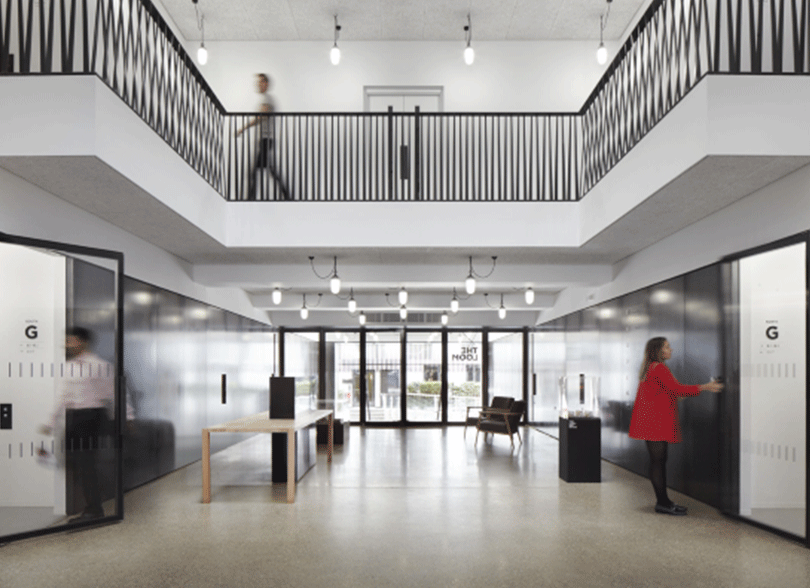
GDM secure fit-out for The Economist


